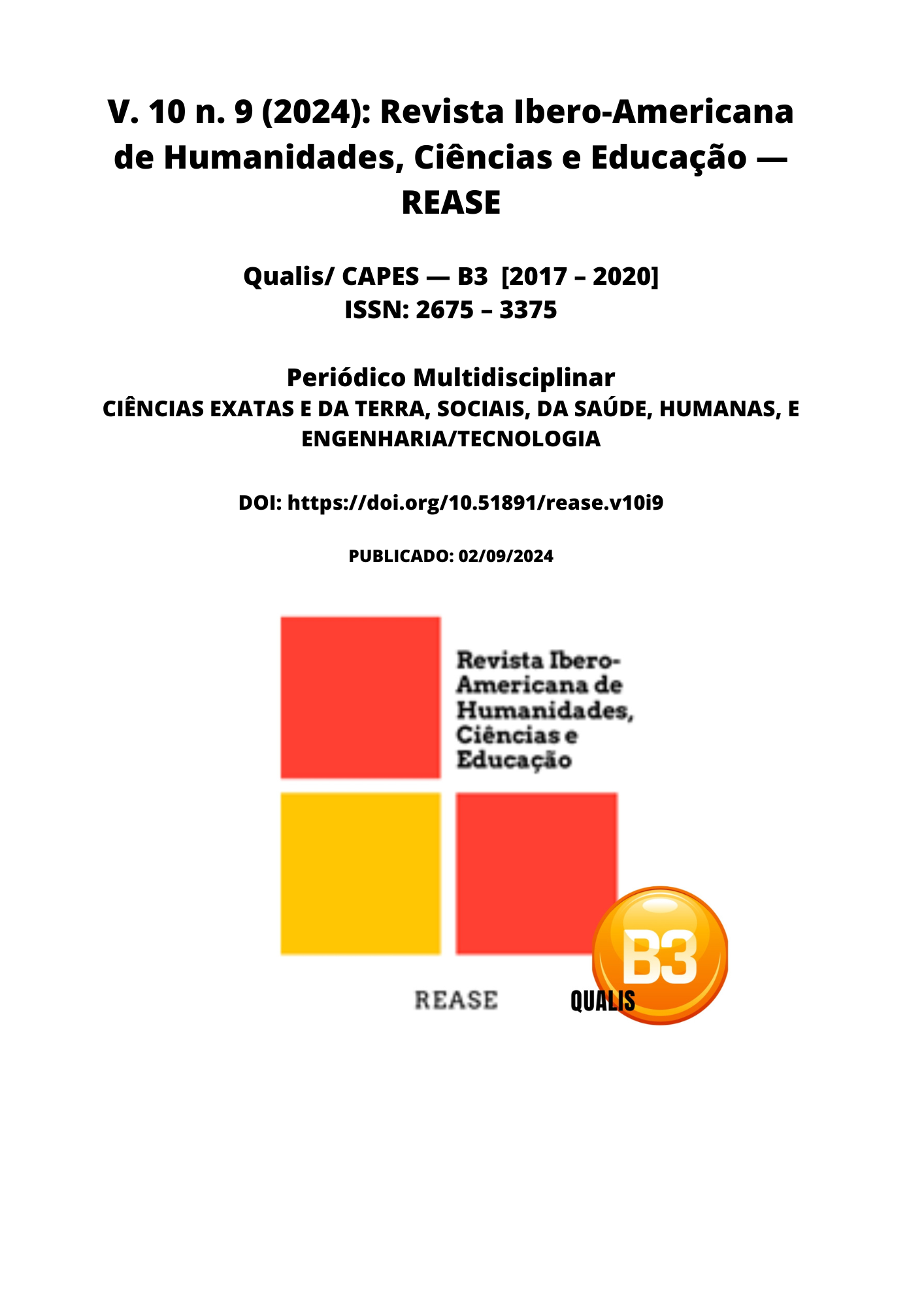VASCULAR ACCESS USED IN HEMODIALYSIS AND ITS MAIN CARE
DOI:
https://doi.org/10.51891/rease.v10i9.15723Keywords:
Renal dialysis. Nursing care. Central venous catheters. Assessment of access and quality of health care.Abstract
Introduction: Vascular accesses are essential to allow the removal and return of blood during hemodialysis sessions, ensuring the success of hemodialysis treatment. There are different types of vascular accesses used in hemodialysis, the main ones being temporary vascular access, the Central Venous Catheter (CVC) and the Arteriovenous Fistula (AVF). The technical indications and performances of vascular accesses in patients with chronic kidney disease, relating them to their use in hemodialysis. Objective: To describe the indications, techniques and performances of vascular accesses in patients with chronic kidney disease, temporary and permanent. Methodology: Integrative review with a qualitative approach, with research in the databases: Scientific Electronic Library Online (SCIELO), Virtual Health Library (VHL). Results: Ensuring adequate vascular access is crucial for the success of hemodialysis, allowing the effective removal and filtration of the patient's blood. Furthermore, maintaining a healthy vascular access brings several benefits, such as greater efficiency in treatment, longer durability of arteriovenous fistulas, reduced risk of infection and reduced need for surgical interventions. To achieve these benefits, it is essential to follow specific care measures to maintain the health of the vascular access. These measures include maintaining adequate hygiene, monitoring for signs of complications, avoiding excessive pressure on the access, not sleeping on the access and having regular appointments with health professionals. In addition, it is essential to educate patients about the importance of these practices and warning signs to seek medical assistance when necessary. By adopting these measures, patients can optimize the hemodialysis process and minimize the risks of complications related to vascular access. Conclusion: Proper maintenance of the AVF and CVC is extremely important for patients undergoing hemodialysis therapy. Frequent interaction with the health team is essential for the success of the treatment, enabling the clarification of doubts and the effective resolution of possible obstacles. It is through open communication with professionals that patients are able to adequately deal with the challenges of the hemodialysis procedure.
Downloads
Downloads
Published
How to Cite
Issue
Section
Categories
License
Atribuição CC BY

